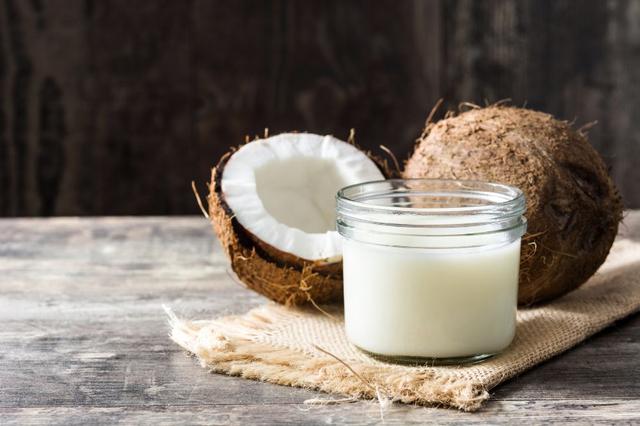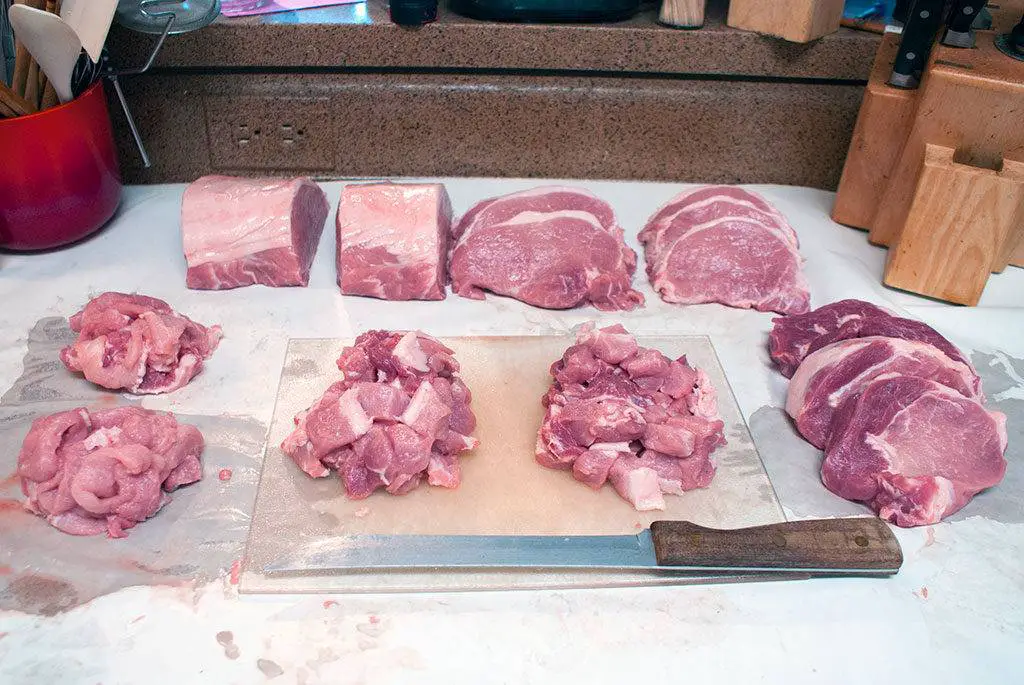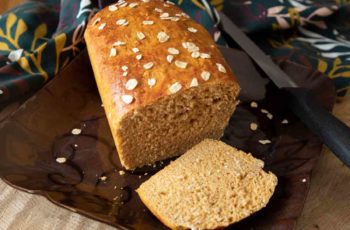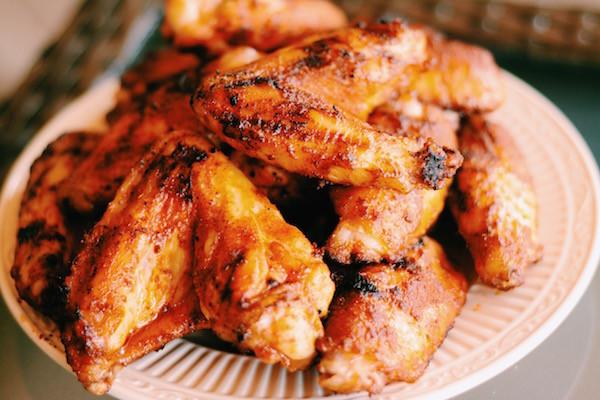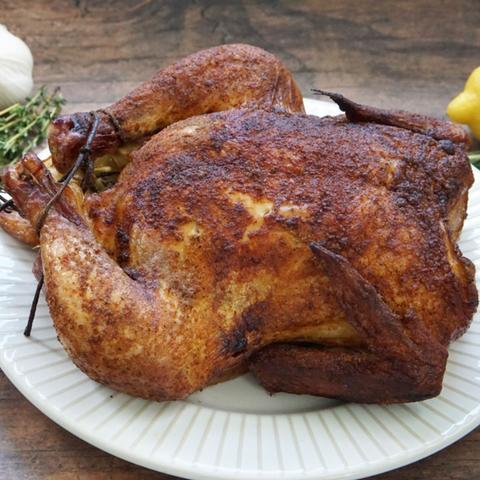Understanding Smoker Types: A Comprehensive Exploration of Different Smoking Habits. Delve into the world of smokers and discover the various types that exist. From occasional social smokers to heavy habitual ones, this headline provides insights into their behaviors, motivations, and potential health risks associated with each type.
5 Types of Smokers: Apparatus and Fuel Sources Explained

Smoking is a cooking method that involves exposing food to smoke from a smoldering material, such as hardwood. This is done using an apparatus called a smoker, which traps the smoke and exposes the food to various compounds. Smoke is produced by combining oxygen, combustible fuel, and a heat source. The type of smoker used can have a direct effect on the flavor of the smoke.
There are five main types of smokers: direct or indirect smokers, offset smokers, charcoal smokers, pellet smokers, and electric smokers. Direct or indirect smokers are categorized based on their interaction with the heat source. Offset smokers rely solely on hardwood as their fuel source and use fire management techniques to control the temperature. Charcoal smokers use charcoal as the primary fuel source and add wood chunks or chips for flavor. Pellet smokers are thermostatically controlled and use food-grade wood pellets for smoke production. Electric smokers use an electric heating element to generate heat and wood chips for smoke.
Each type of smoker has its own advantages and disadvantages in terms of temperature control, flavor production, and ease of use. Understanding these differences can help you choose the right smoker for your needs.
The Different Types of Smokers
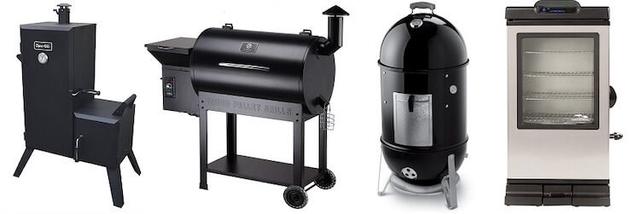
There are five main types of smokers based on their apparatus and fuel sources: offset smokers, charcoal smokers, pellet smokers, electric smokers, and gas smokers.
Offset smokers, also known as stick burners, use hardwood as their fuel source. These smokers have a firebox that produces heat and smoke, which travels across the meat in the smoke chamber before exiting through the smokestack. Some offset smokers can also be set up for reverse-flow smoking.
Charcoal smokers use charcoal briquettes or lump charcoal as their primary fuel source. Wood chunks or chips are added to produce smoke and impart flavor. They typically have a charcoal basket/firebox, a water pan (not all models), a cooking chamber, and a lid to trap the smoke.
Pellet smokers are thermostatically controlled and work similar to kitchen ovens. They have a hopper for storing food-grade wood pellets, an auger mechanism that feeds pellets into the firepot, and an intake fan for oxygen supply. The convection of heat in the cook chamber cooks the food while smoke is introduced via wood pellets.
Electric smokers feature vertically oriented cooking racks, an electric heating element for heat generation, a wood chip tray (and tube) for smoldering wood chips or pellets, a water pan for humidity control and thermal mass, and dampers/vents for temperature regulation.
Gas smokers use either natural gas or propane as their fuel/heat source. Wood chips are added to introduce flavor. These smokers can have a setup similar to electric ones with a propane burner as the heating element. Alternatively, they can be grills where smoke is introduced using wood chips or food-grade pellets placed inside a smoke box/tube.
1. Stick Burners or Offset Smokers
Stick burners, also known as offset smokers, are a type of smoker that rely solely on hardwood as their fuel source. These smokers consist of a firebox, a smoke/cook chamber, and a smokestack. The firebox produces the heat and smoke which then travels across the meat in the smoke chamber before exiting through the smokestack.
The name “offset” comes from the fact that the firebox is built in one chamber while the smoke/heat crosses the food in another chamber. Traditional offset smokers have a setup where the smokestack can be reversed for more even cooking. A heat baffle below the grate causes the smoke to travel below it and across the meat in the opposite direction. This type of smoker requires skillful fire management and constant attention due to its steep learning curve.
Stick burners are designed to use only hardwood (sticks) as their fuel source, although some may also use charcoal for flavoring purposes. These smokers are popular among barbecue enthusiasts who appreciate the authentic smoky flavor that comes from using solely hardwood.
2. Charcoal Smokers
Charcoal smokers are a type of smoking apparatus that use charcoal as the primary fuel source. They can be in the form of briquettes or lump charcoal. Hardwood is then added in the form of wood chunks or chips to help impart flavor. Charcoal smokers include different types such as Bullet Smokers (Weber Smokey Mountain), Drum Smokers (Pit Barrel Cooker, Gateway Drum Smoker, DIY), and ceramic Komodo ovens (Komodo Joe, Big Green Egg, Primo).
Typically, charcoal smokers consist of a charcoal basket/firebox, a water pan (although not all models have one), cooking chamber, and a lid. The firebox contains the briquettes or lump charcoal and allows for the addition of wood chunks or chips to produce smoke. The water pan is positioned above the firebox and helps maintain lower temperatures while adding moisture through water vapor. The cooking chamber is where the meat is placed to smoke, and the lid caps off the environment to prevent smoke from escaping. Temperature control on a charcoal smoker/grill can be achieved through various methods such as adjusting air vents or using strategic charcoal arrangements like the snake method.
Personally, I find that the Weber Kettle is one of the best smokers for beginners as it can also function as a traditional grill. With its durable construction and versatility, it can be used to cook anything from hamburgers and hot dogs to ribs or brisket. By strategically arranging charcoal and using a water pan, you can turn a kettle grill into an effective smoker. It’s worth noting that mastering fire management on a charcoal smoker requires practice and attention to achieve consistent results.
3. Pellet Smokers

Pellet smokers, also known as pellet grills, are similar to kitchen ovens in that they are thermostatically controlled. These smokers consist of several components including a hopper, an auger mechanism, a firepot, combustion fan, heat baffle and deflector, cook chamber, and smokestack. The hopper is where food-grade wood pellets are stored and gravity-feed the auger. The auger pulls the pellets into the firepot, which features an igniter rod to ignite the pellets. Oxygen is supplied to the firepot through an intake fan. The heat baffle and deflector create convection of heat to cook the food in the cook chamber. Smoke and heat exit through the smokestack and drip pan. Wood pellets are used as fuel to produce smoke, with “food-grade” pellets typically made from pulverized hardwood sawdust compressed under high pressure and heat.
Pellet smokers can have two types of controllers: PID (proportional-integral-derivative) or non-PID controllers. PID controllers maintain a specific temperature by adjusting the rate at which pellets are fed into the smoker. This results in more accurate temperature control with minimal temperature swings. Non-PID controllers simply feed pellets until the desired temperature is reached, causing greater temperature fluctuations but potentially more smoke output.
It’s important for consumers to be cautious when purchasing pellet smokers as there is often marketing hype surrounding them. Traeger’s patent on pellet grills expired in 2006, leading to various brands using fancy terms to market their products despite functioning similarly. Researching different options and understanding how they work can help make an informed decision when buying a pellet smoker or grill.
4. Electric Smokers
Electric smokers are a type of smoking apparatus that use electricity as their primary heat source. They feature a cooking chamber with vertically oriented cooking racks, an electric heating element, a wood chip tray, a water pan, and dampers/vents. The heating element in electric smokers works by converting electrical energy into heat through Joule heating. The wood chip tray is placed above the heating element to allow the wood chips or pellets to smolder and produce smoke. The water pan helps add humidity to the environment and also acts as thermal mass to help maintain temperature consistency. Electric smokers are known for their ability to maintain low temperatures consistently, making them ideal for smoking beef jerky and other foods that require longer cooking times at lower temperatures. They are also convenient for overnight smoking or holding cooked meats before serving.
5. Gas Smokers
Gas smokers make use of either natural gas or propane as a fuel/heat source and wood chips are then used to add flavor. There are two types of gas smokers available.
The first type features a similar chamber setup to that of an electric smoker. The cooking racks are vertically oriented, and the heating element is a propane burner. The wood chip tray is ignited by the heating element, and a damper is used to help exhaust steam and smoke.
The second type of gas smoker is actually a grill, but it can also be used for smoking purposes. Smoke can be introduced by placing wood chips or food-grade pellets inside a smoke box or tube. This box or tube is then placed on the flavorizer bars of the grill, allowing the smoke to infuse with the food being cooked.
Gas smokers provide convenience and ease of use, as they can be easily controlled and regulated using knobs or valves. They offer consistent heat levels and can reach high temperatures quickly. However, they may not provide as strong of a smoky flavor compared to other types of smokers that rely solely on hardwood or charcoal as fuel sources.

Final Thoughts
In conclusion, there are five main types of smokers: offset smokers, charcoal smokers, pellet smokers, electric smokers, and gas smokers. Each type has its own unique features and fuel sources that contribute to the smoking process. Offset smokers rely on hardwood as their fuel source and use a firebox to produce heat and smoke. Charcoal smokers use charcoal as the primary fuel source and add wood chunks or chips for flavor. Pellet smokers are thermostatically controlled and use food-grade wood pellets to generate smoke. Electric smokers utilize an electric heating element to produce heat and smolder wood chips. Gas smokers can use natural gas or propane as a fuel source and add wood chips for flavor.
It’s important to understand the different types of smokers and their fuel sources in order to choose the right one for your needs. Whether you prefer the traditional method of using hardwood in an offset smoker, the convenience of a thermostatically controlled pellet smoker, or the consistency of an electric smoker, there is a smoker out there for everyone. Consider factors such as temperature control, ease of use, and desired flavor profile when making your decision. Happy smoking!
In conclusion, understanding the different smoker types is essential for individuals looking to adopt healthier habits or support loved ones in quitting. By recognizing the characteristics and motivations behind each type, tailored strategies can be implemented to effectively tackle smoking addiction and promote successful long-term cessation.
Learn More About Grilling
If you want to learn more about grilling, check out these other helpful resources!

